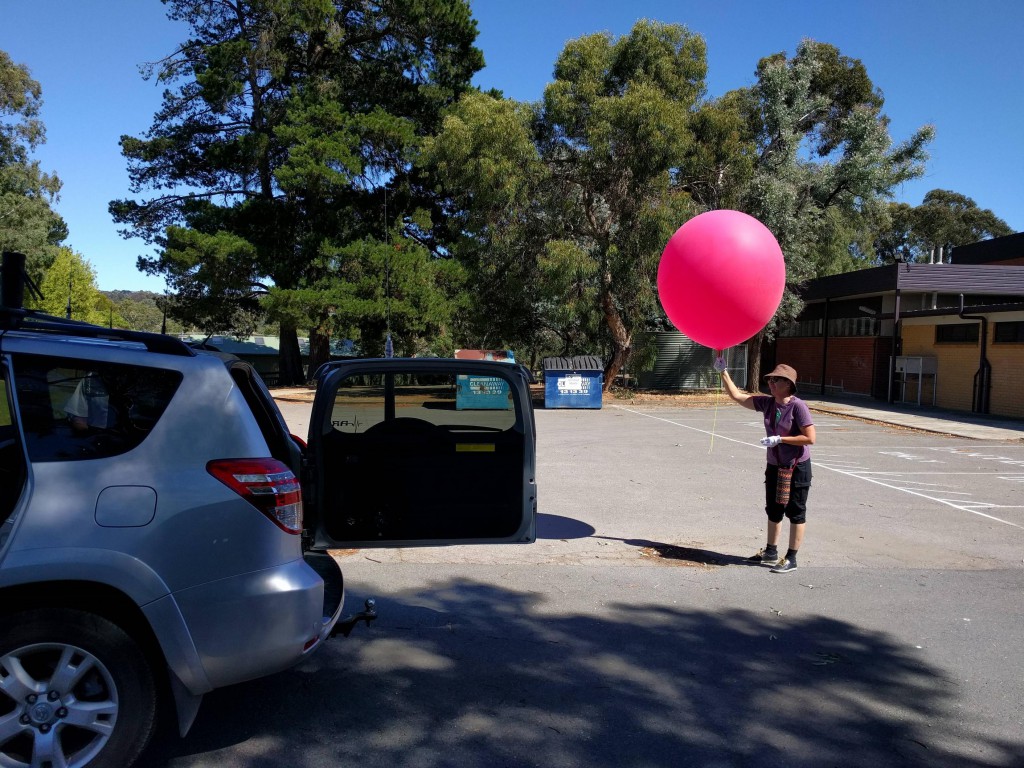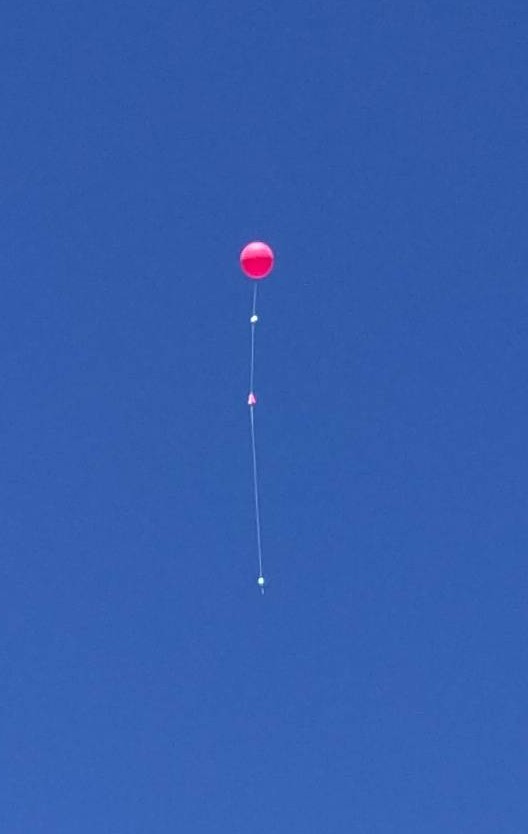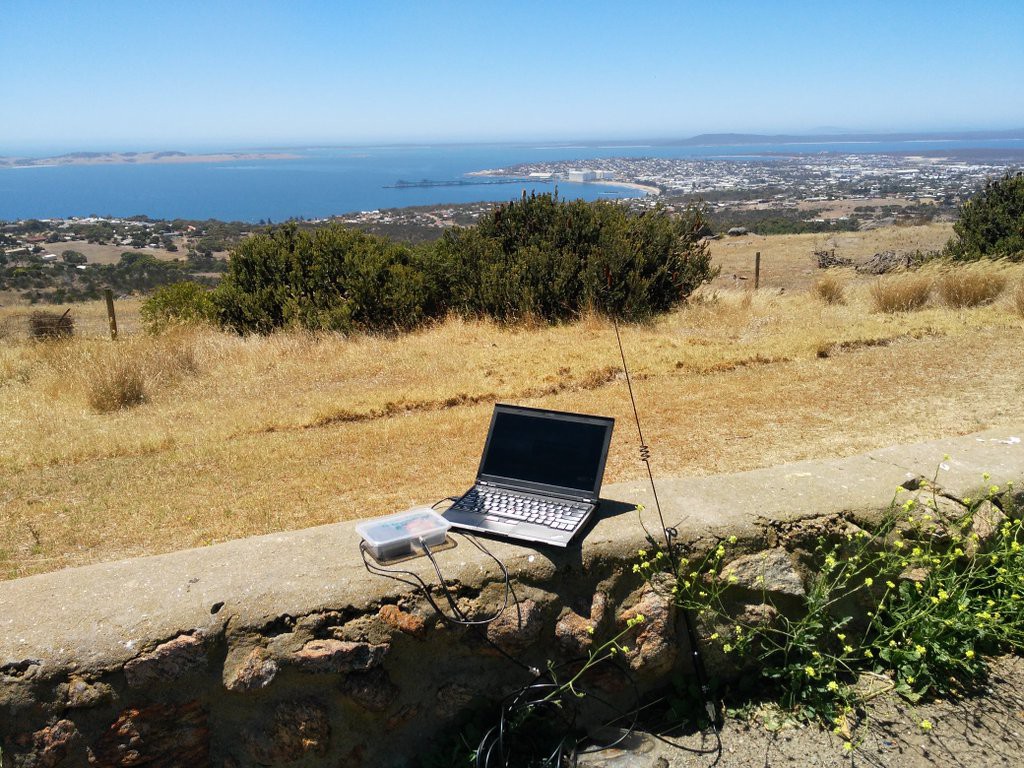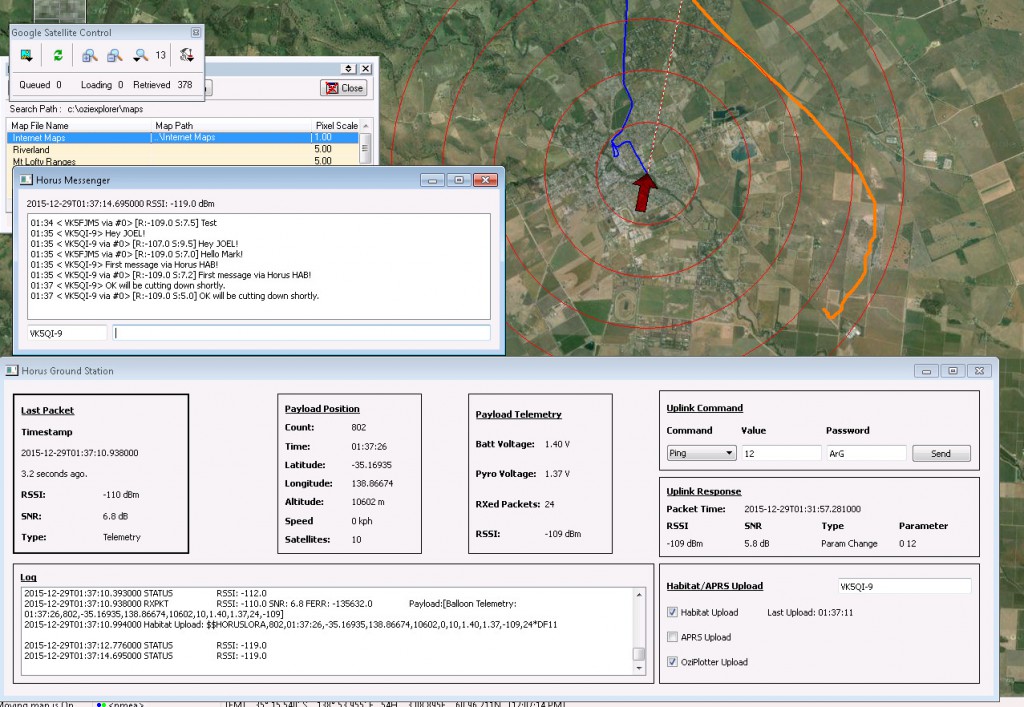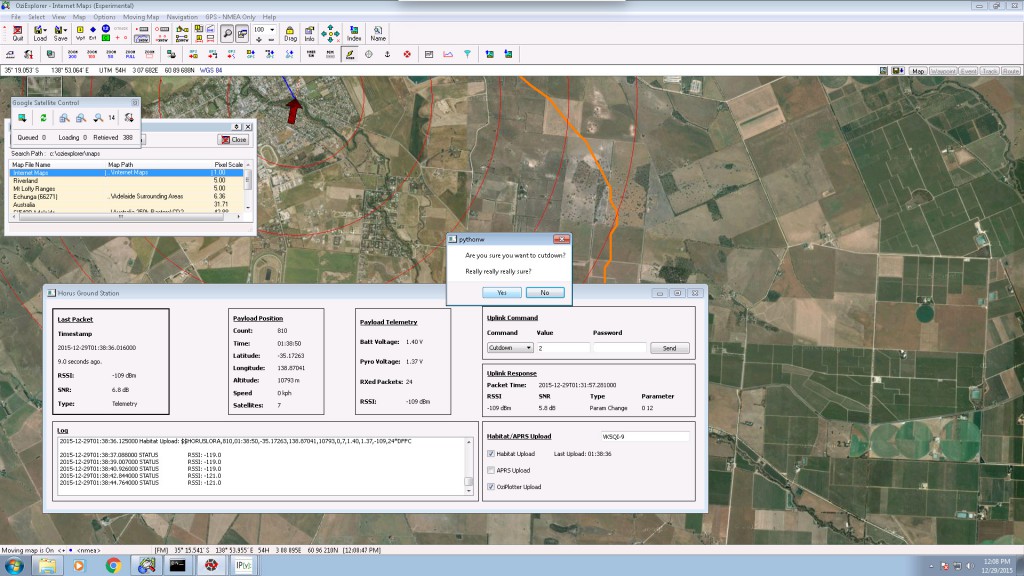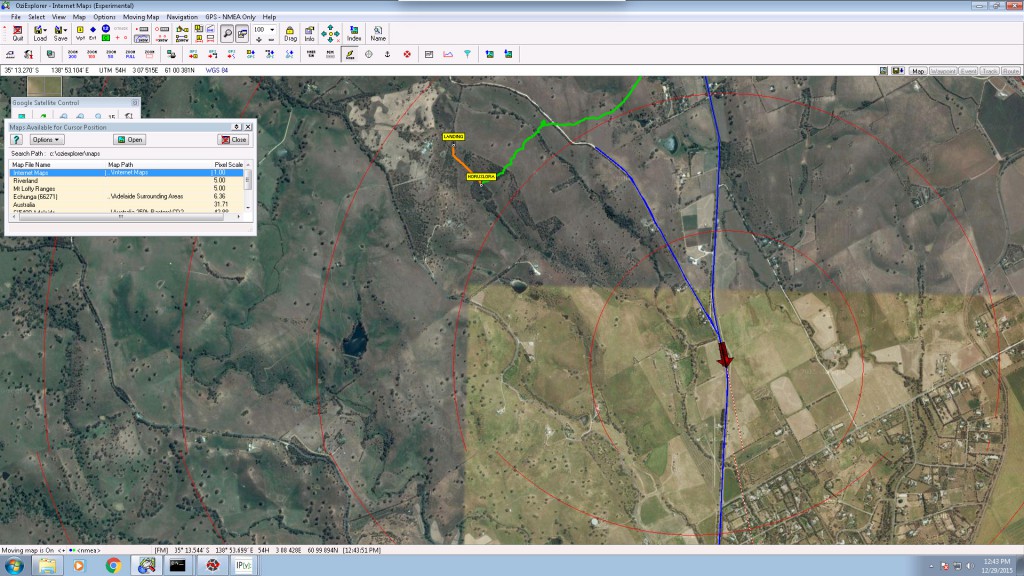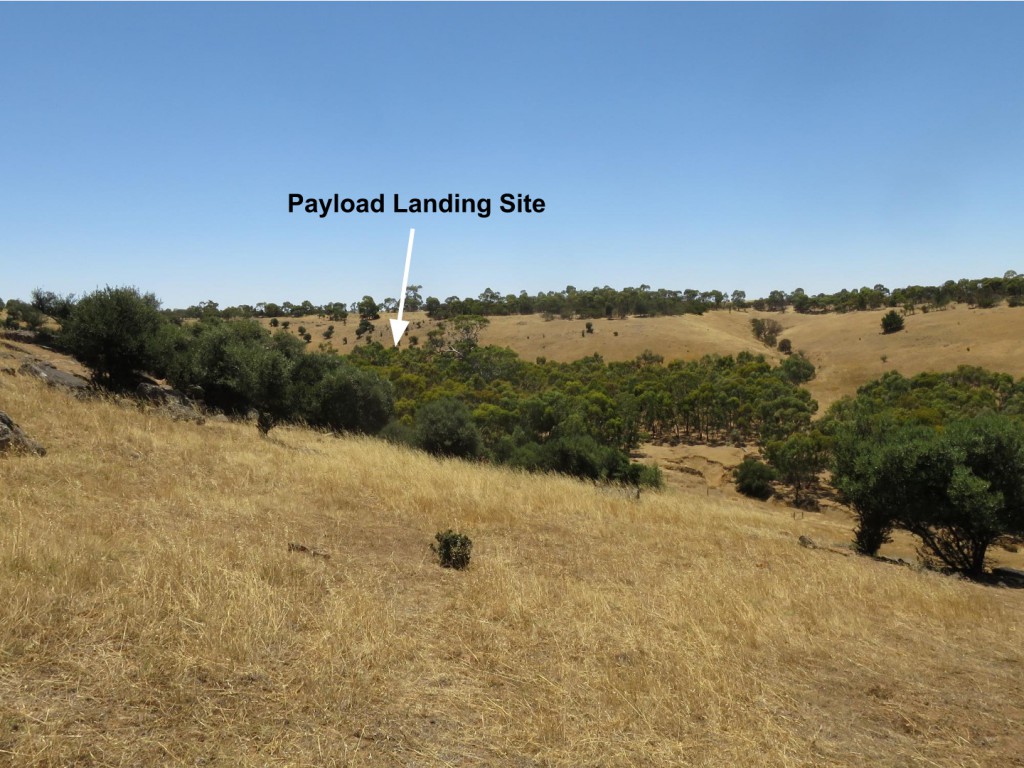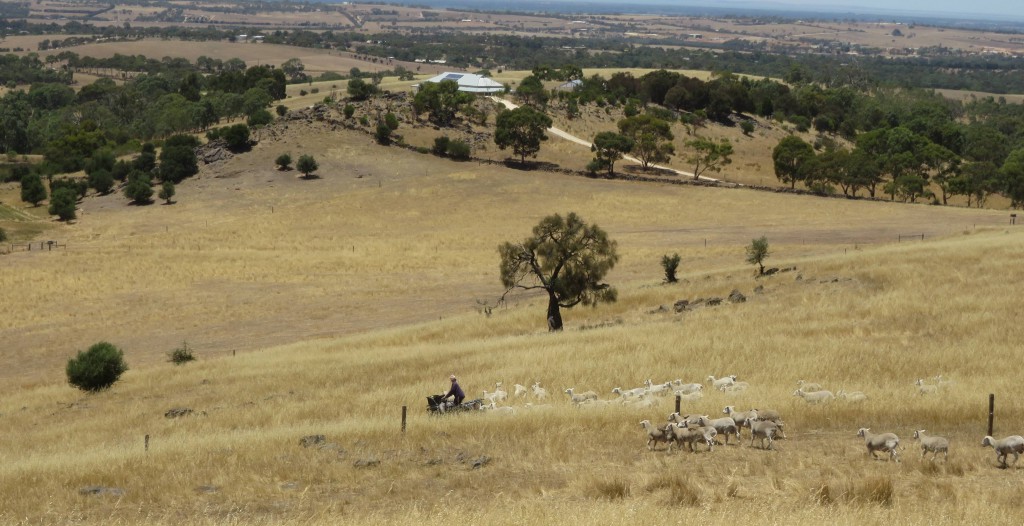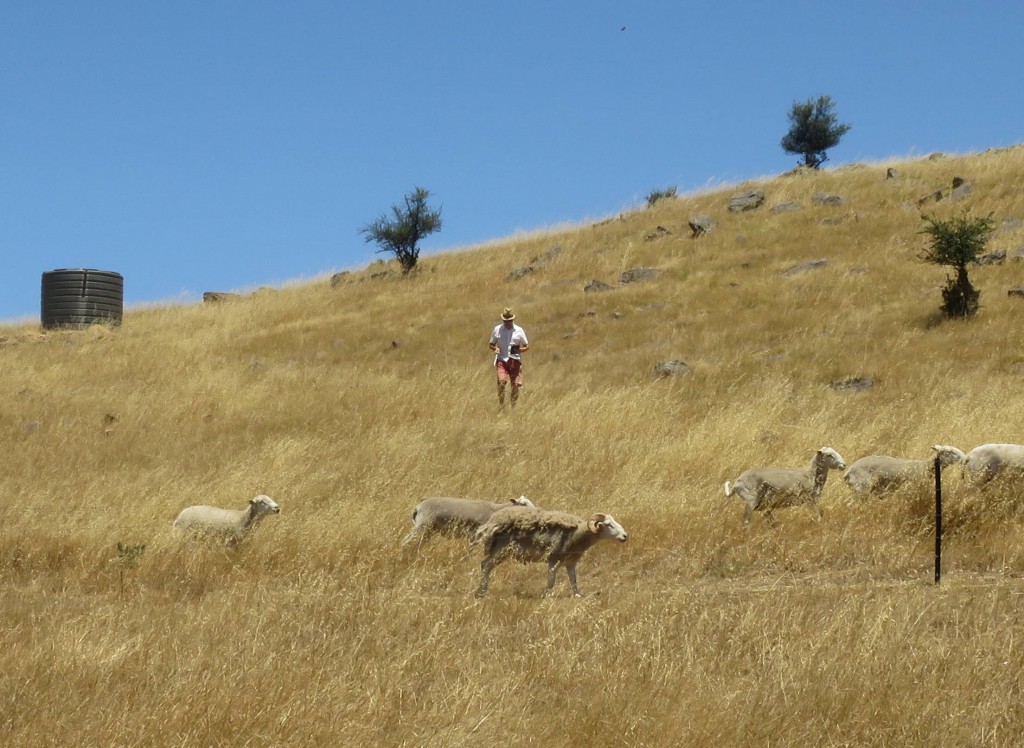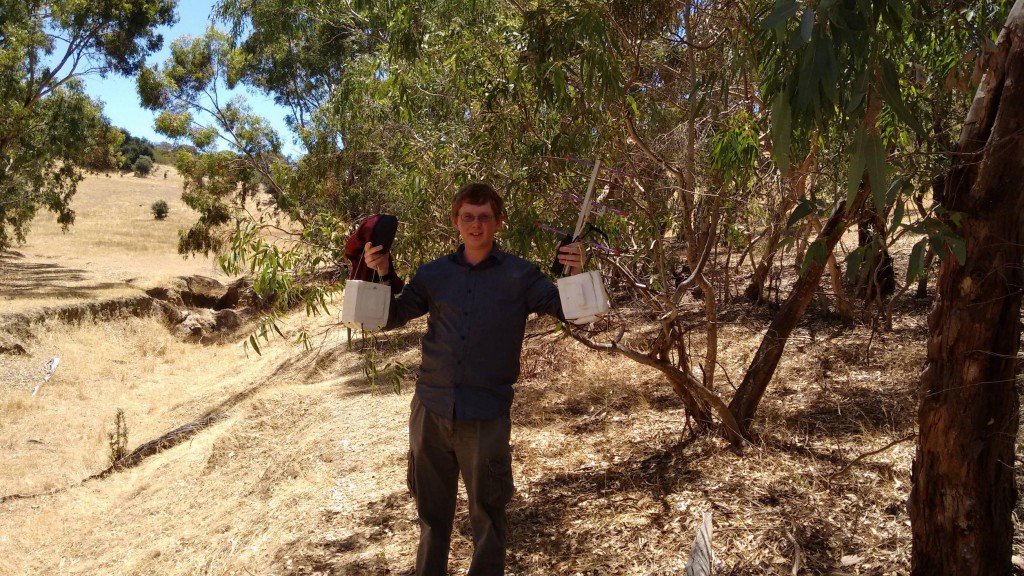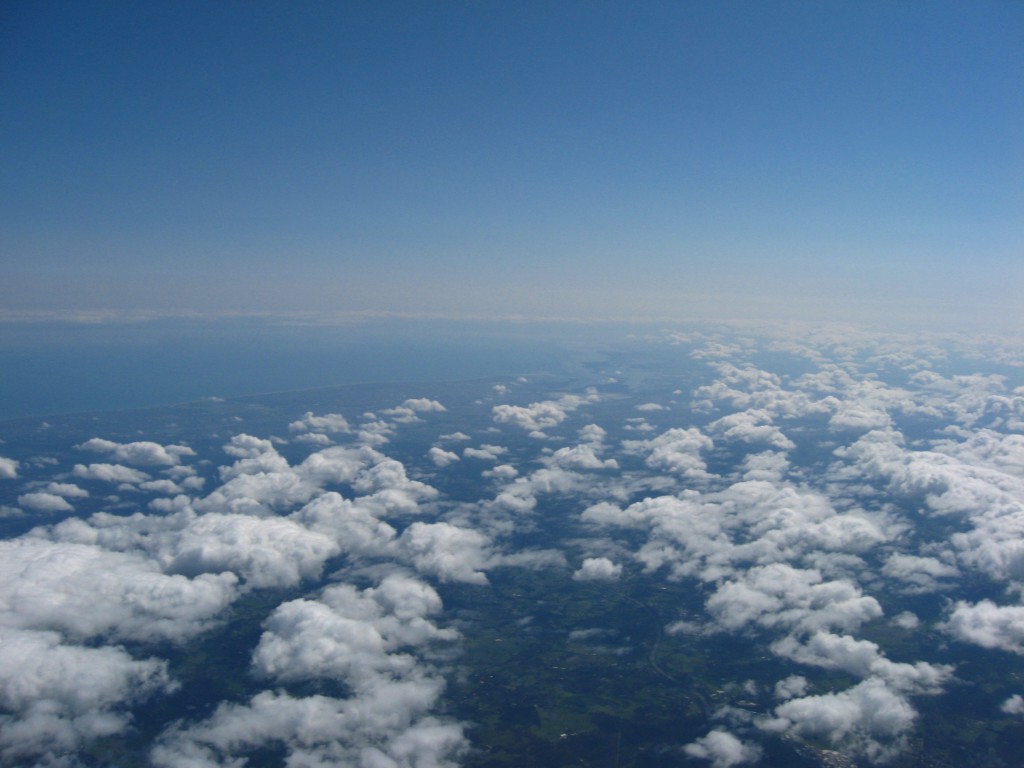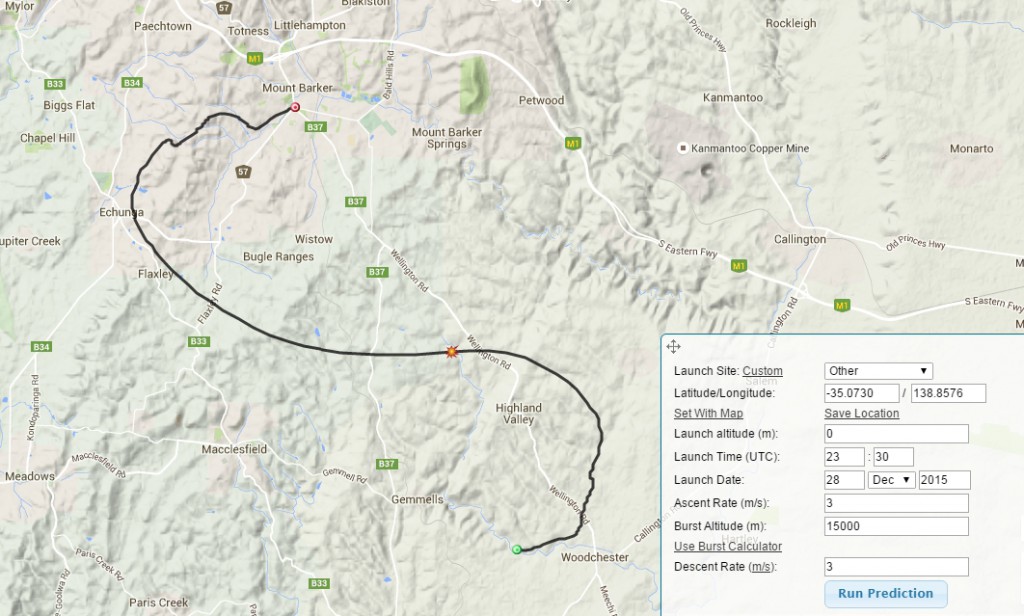Bob, VK5FO and Ray, VK5RR will lead a Portable field day station running as VK5ARG for the Summer VHF/UHF field day on Saturday 9th January/
The Plan is to set up and run a portable 3 band station from Wynn Vale for the First 8 hours of the Contest, and will be onsite and setting up from around 10am
We will be setting up the station on the grassed area behind the Wynn Vale Salvation Army Hall (with permission) near the Corner of Endeavour Drive and Wynn Vale Drive, with Plenty of parking available.
This site is a reasonable VHF/UHF site with an elevation of around 200m and excellent take-off with minimal obstructions providing great coverage of the whole Adelaide Metro area (and beyond) whilst allowing easy access for visitors.
[wpgmza id=”6″]
AREG members and other interested Amateurs who would like to take a look at a field day station are invited to come along and take a look, jump in and operate one of the stations that will be set up for some of the contest.
The Spring field day was a lot of fun and we are setting up this station to do it all again and hopefully encourage a few more people to get out and participate. If you are not planning on setting up your own Station for the Field day, or think it is too hard, then come along, see how we set up, and do a see how easy it is to participate and join in the fun.
The station for the filed day will be substantially the same as what Bob and Ray set up for the spring field day, using a trailer to support the poles for the Antennas.
- The 6M station will be either an IC 706 or a KX3 and HR-50 Amplifier.and a 2 Element Beam
- The 2M station will be an IC-7100 for SSB with a 6 Element Yagi and an FT-2800M into a Slim Jim on FM.
- The 70cm Station will be a TS-2000 into a 17 Element Yagi.
Each station will run a Laptop for logging and the whole lot will be powered via a generator and a 160aH Battery.
Come along, say hello and join in!

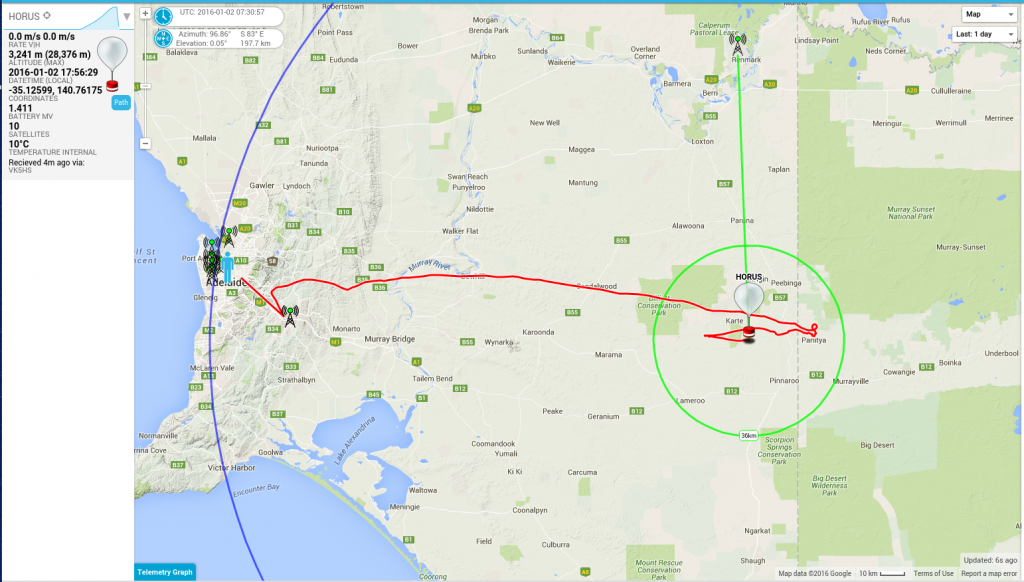
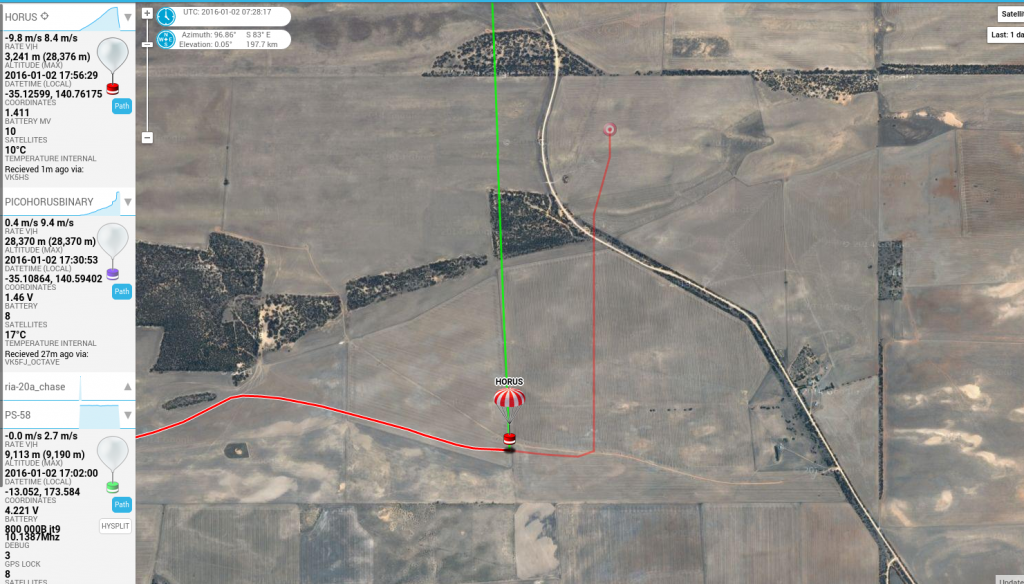
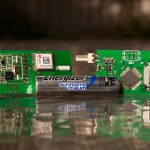 This Saturday (2nd Jan 2016) at around 11AM, Mark VK5QI and David Rowe VK5DGR will be launching a “Pico” (sub-50g) balloon payload, with the aim of testing a new
This Saturday (2nd Jan 2016) at around 11AM, Mark VK5QI and David Rowe VK5DGR will be launching a “Pico” (sub-50g) balloon payload, with the aim of testing a new 